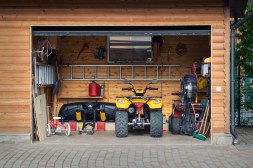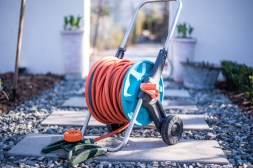Top 5 Essential Tips for Fishing Tidal Currents and Flats Like a Pro
Fishing tidal currents and flats can be an exhilarating challenge, offering unique opportunities to catch various species of fish. Whether you’re a seasoned angler or a beginner looking to improve your skills, understanding the dynamics of these environments is crucial. Here are the top five essential tips to help you fish tidal currents and flats like a pro.
Understanding Tidal Movements
The first step in successfully fishing tidal areas is grasping how tides work. Tides are caused by the gravitational pull of the moon and sun, resulting in rising and falling water levels. It’s vital to know when high tide and low tide occur because fish behavior changes with these movements. During high tide, fish often move into shallower waters to feed, while low tide can concentrate them in deeper channels or pools.

Choosing the Right Time of Day
Timing is everything when fishing tidal currents and flats. Early mornings and late afternoons are typically prime times for fishing, as many species become more active during these cooler parts of the day. Additionally, consider fishing during specific phases of the tide; many anglers find that just after high tide or just before low tide can provide excellent conditions for catching fish.
Selecting Effective Bait and Lures
Using effective bait or lures is critical in attracting fish in tidal areas. Natural baits like shrimp, crabs, or small minnows tend to work well since they mimic local forage species found in those habitats. If you prefer artificial lures, choose ones that mimic movement—like swimbaits or topwater plugs—to entice predatory species that hunt in currents.
Reading Water Conditions
To master fishing in tidal currents and flats, learn how to read water conditions effectively. Look for signs such as ripples on the surface indicating current flow or areas where debris collects; these spots often signal feeding zones where fish congregate. Additionally, paying attention to water temperature changes can also help locate actively feeding fish.
Utilizing Proper Gear Techniques
Lastly, using the right gear is vital when tackling tidal currents and flats. A medium-action rod paired with a spinning reel will provide versatility needed for this type of fishing environment. Ensure you’re using appropriate line weight based on target species; lighter lines may suit smaller fish while heavier lines are better for larger predators encountered in strong currents.
By following these five essential tips—understanding tides, timing your outings wisely, selecting effective bait and lures, reading water conditions accurately, and utilizing proper gear—you’ll be well on your way to becoming proficient at fishing tidal currents and flats like a pro. Happy fishing.
This text was generated using a large language model, and select text has been reviewed and moderated for purposes such as readability.


